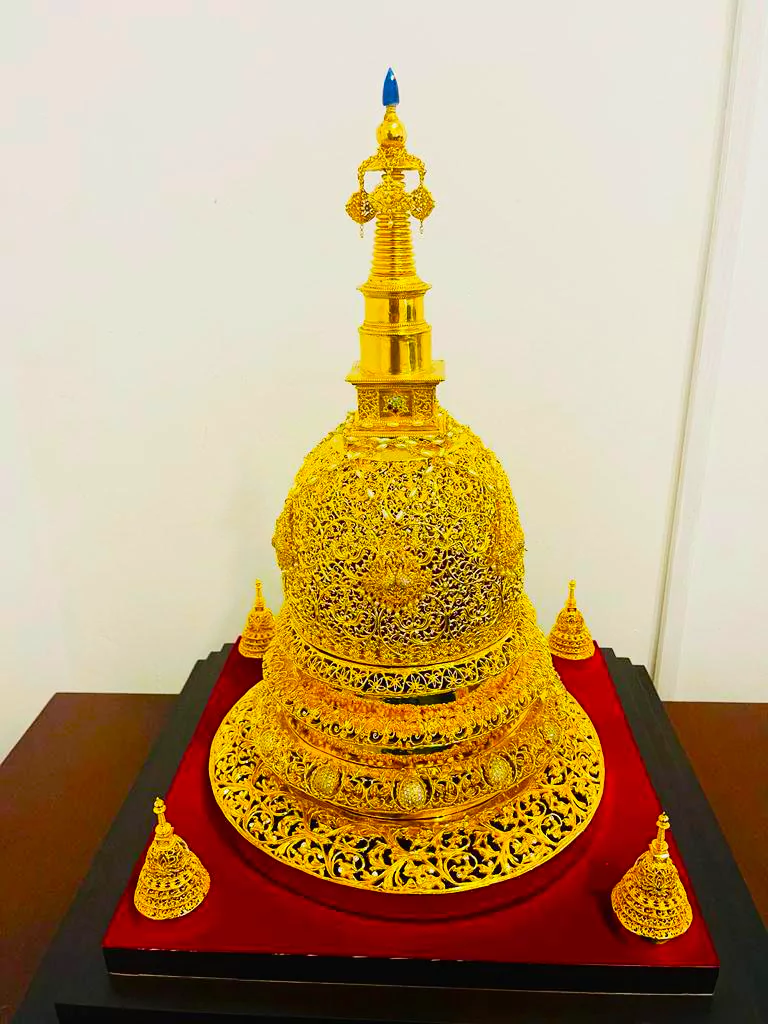![]() 21 Feb 2024
21 Feb 2024
Recently, the Government said that Four of the 20 relics of Buddha presently kept in the National Museum in New Delhi will be taken to Thailand.

About Buddha’s Life
Also Read: Contemporary Relevance Of Buddha’s Teachings |
|---|
News Source: PIB
| Must Read | |
| NCERT Notes For UPSC | UPSC Daily Current Affairs |
| UPSC Blogs | UPSC Daily Editorials |
| Daily Current Affairs Quiz | Daily Main Answer Writing |
| UPSC Mains Previous Year Papers | UPSC Test Series 2024 |
<div class="new-fform">
</div>